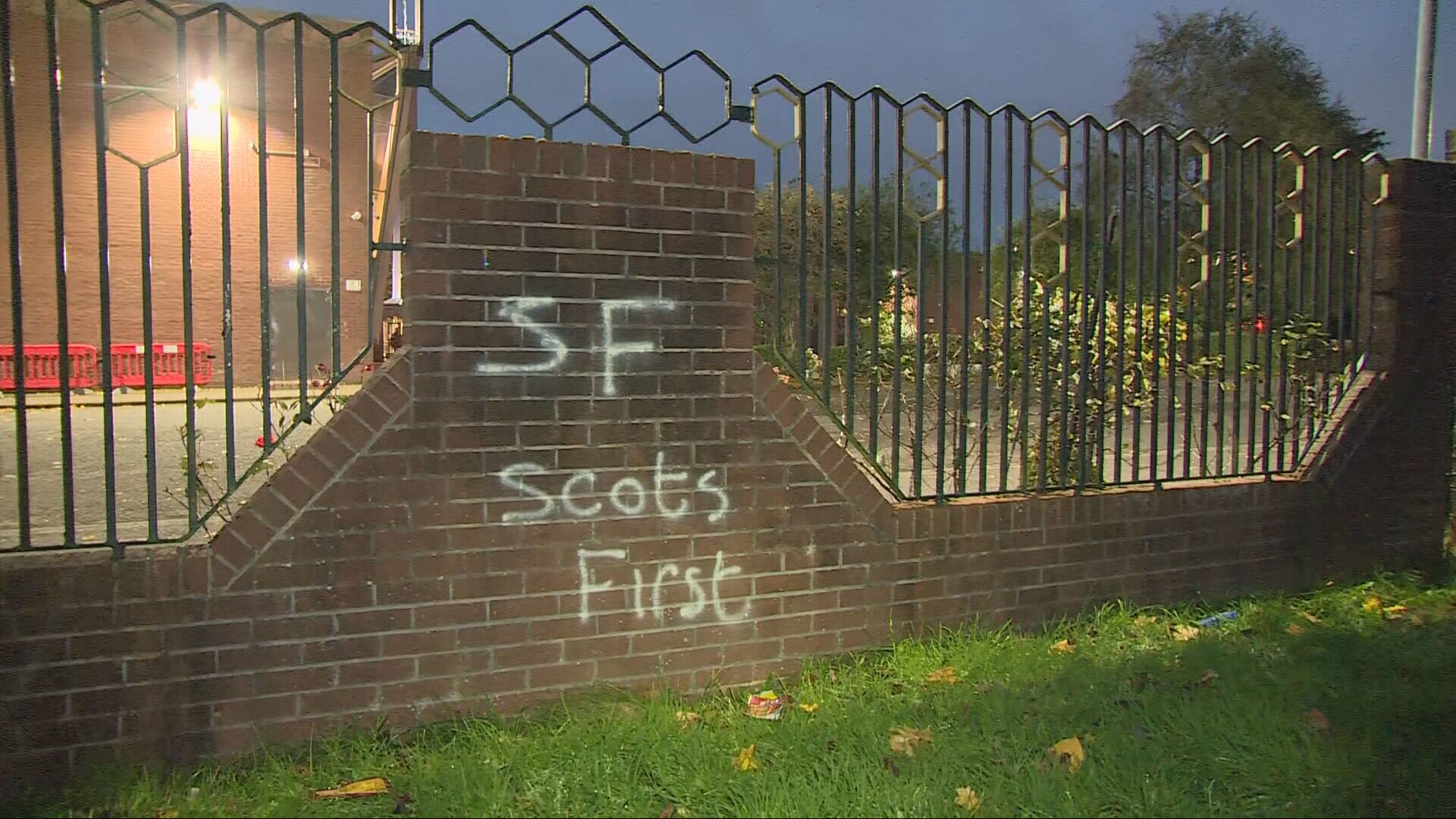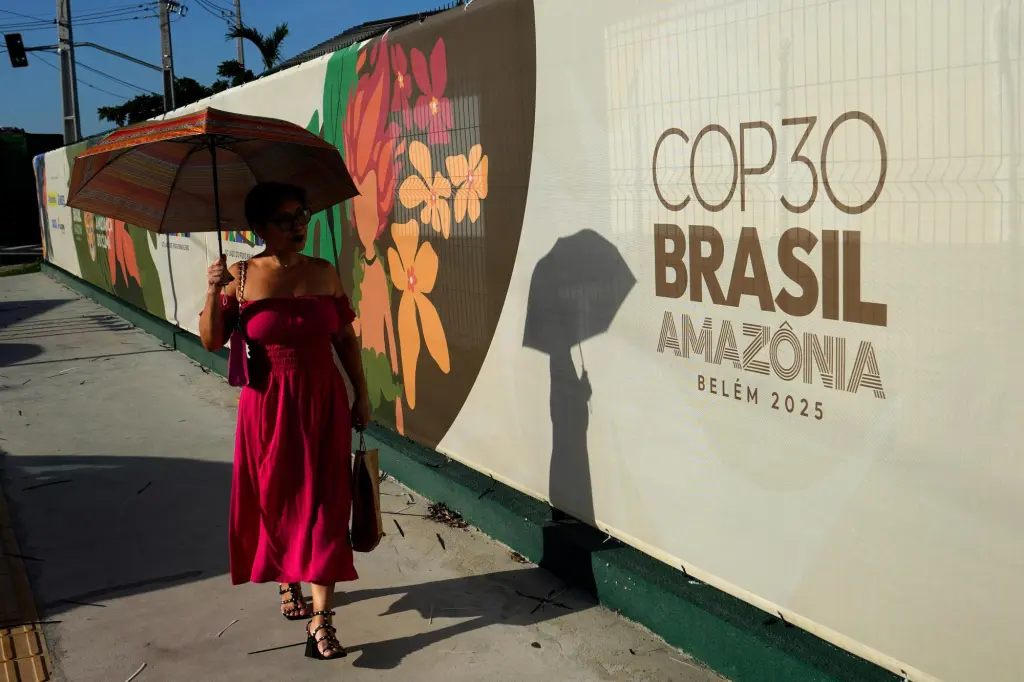Copyright The Boston Globe

At the heart of the show are the 30 áo dàis on display. “Áo dài” translates as “long shirt.” It comprises a long tunic, usually with long or three-quarter sleeves, worn over a pair of loose trousers. Anyone familiar with photographs or news footage from Saigon showing civilian life during the Vietnam War will recognize áo dàis. They’re more commonly worn by women, though men wear them, too. Áo dàis came to be seen as being as much a signifier of Vietnam as, say, tartans are of Scotland, berets of France, or blue jeans of the United States. In southern Vietnam, the name is pronounced “ow yai” (rhymes with “high). In northern Vietnam, it’s ”ow zai." The difference is more than just regional. It’s also political, as those parenthetical dates in the show’s title indicate. In 1954 the country became divided between the communist Democratic Republic of Vietnam, in the north, and the anticommunist Republic of Vietnam, in the south. In 1975, South fell to North. The show commemorates the 50th anniversary of the war’s end. Áo dàis were more popular in the South. Yet they were worn in the North, too. Madame Nguyen Thi Binh, foreign minister of the Communist Provisional Revolutionary Government (popularly known as the Viet Cong) made a point of wearing áo dàis throughout the four years of the Paris peace negotiations. Both sides wanted to be associated with traditional Vietnamese culture. “Traditional” is where things get tricky. The áo dài was created in 1934, in Hanoi. The designer, Nguyen Cat Tuong, drew on Chinese, French, and Vietnamese elements. Human nature being what it is, elegance tends to trump authenticity — and as the examples on display demonstrate, áo dàis are wonderfully elegant and understatedly stylish. The popularity of Tuong’s creation was assured. More than half of the áo dàis in the show were worn by either of two famous women. Madame Ngo Dinh Nhu was the sister-in-law of South Vietnamese President Ngo Dinh Diem. A Sept. 28, 1963, Saturday Evening Post cover, included in the show, proclaimed her “Vietnam’s Madame Nhu: THE RUTHLESS BEAUTY who helped inspire the violence” of anti-government protests. Madame Nguyen Van Thieu was the wife of South Vietnam’s last president. In the exhibition, as in life, it’s Nhu who dominates — right down to the show including Tammy Nguyen’s bracingly Pop 2022 painting “Space Force Civilian: Madam Nhu.” The áo dàis, which are displayed on mannequins, provide the exhibition with its axis. But it also includes that painting and copy of The Saturday Evening Post, as well as 1930s fashion and beauty advertisements, postage stamps (from both North and South), several videos, and jewelry that once belonged to Madame Nhu. Most of the áo dàis are silk, but among other fabrics used are cotton, polyester, nylon, satin, chiffon, lace, tulle, and velvet. Design motifs tend to be traditional: bamboo, butterflies, dragons. A rather startling exception, from 2014, uses badminton rackets and shuttlecocks and is meant to be worn with a pair of Converse All-Stars (red high tops, no less). Closer to the present, the show includes the áo dài that the actress Kelly Marie Tran wore to the Academy Awards in 2022 and, from this year, an all-white áo dài that’s used as a Vietnamese high school uniform. Note the student ID badge. In some ways, it’s more surprising than those rackets and shuttlecocks. Both áo dàis are a reminder that a show about fashion past is also about fashion present and future. THE VIETNAMESE ÁO DÁI IN A TIME OF WAR: Fashion, Citizenship, and Nationalism (1954–1975) At Cantor Art Gallery, College of the Holy Cross, 1 College St., Worcester, through Dec. 19. 508-793-3356, www.holycross.edu/community/arts-culture/facilities-venues/cantor-art-gallery



